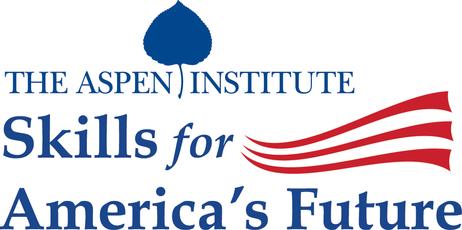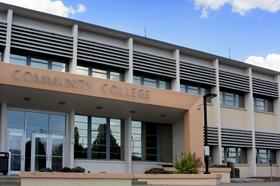Last year, President Obama announced his ambitious plan to graduate five million more students from community colleges by 2020. According to a report at WhiteHouse.gov, the President believes this goal is necessary to ensure the United States can continue to be a leader in the global economy. However, boosting graduation rates at community colleges nationwide may be easier said than done. To facilitate the process, California has developed a list of recommendations to increase graduation rates in that state, which could serve as a model for other states.
Room for Improvement
According to a Southern California Public Radio report, there is plenty of room for improvement in California community colleges today. A study by California State University, Sacramento, found that seven of every ten students do not complete a two-year degree or transfer to a four-year institution. Long Beach City College President Eloy Ortiz Oakley told the radio station, "We need to improve the education of our workforce rapidly, and community colleges are the gateway to the majority of that workforce in California."
This video explains how one community college uses data to increase graduation rates.
Finding Solutions
To help achieve that end, the Community College League of California has issued recommendations for community colleges to follow. The "Commission on the Future's 2020 Vision for Student Success" report outlines 17 recommendations designed




.png)

















